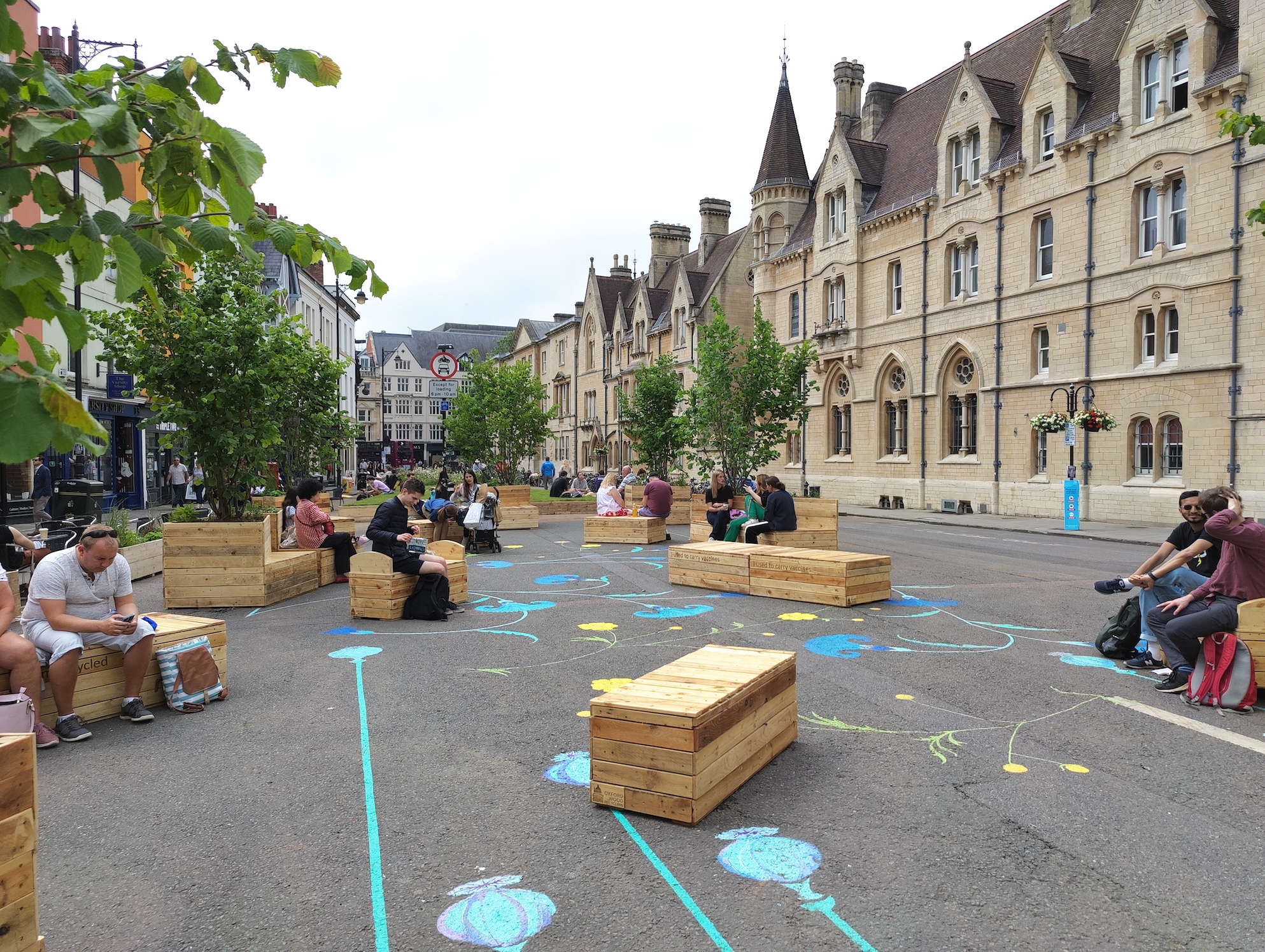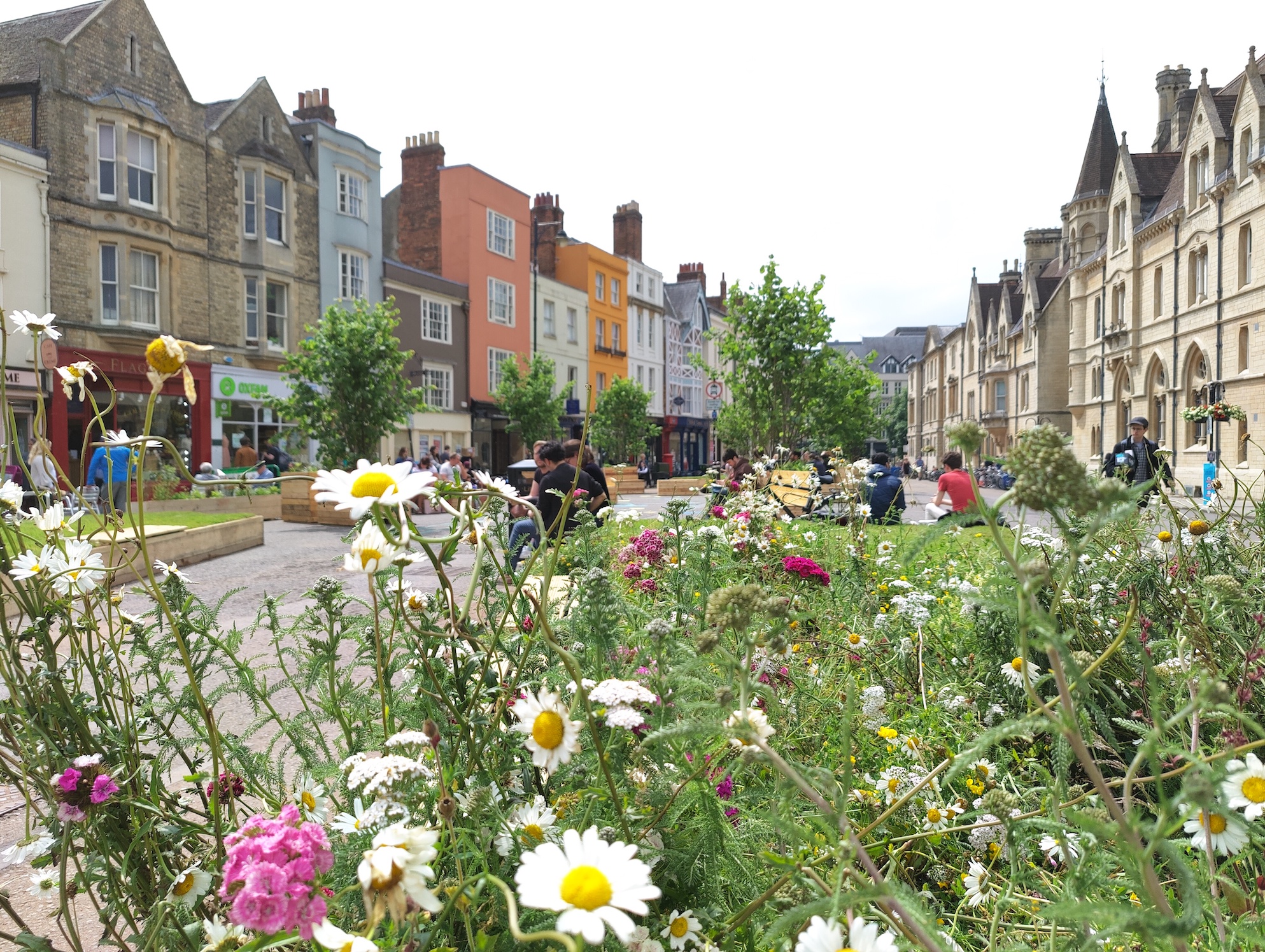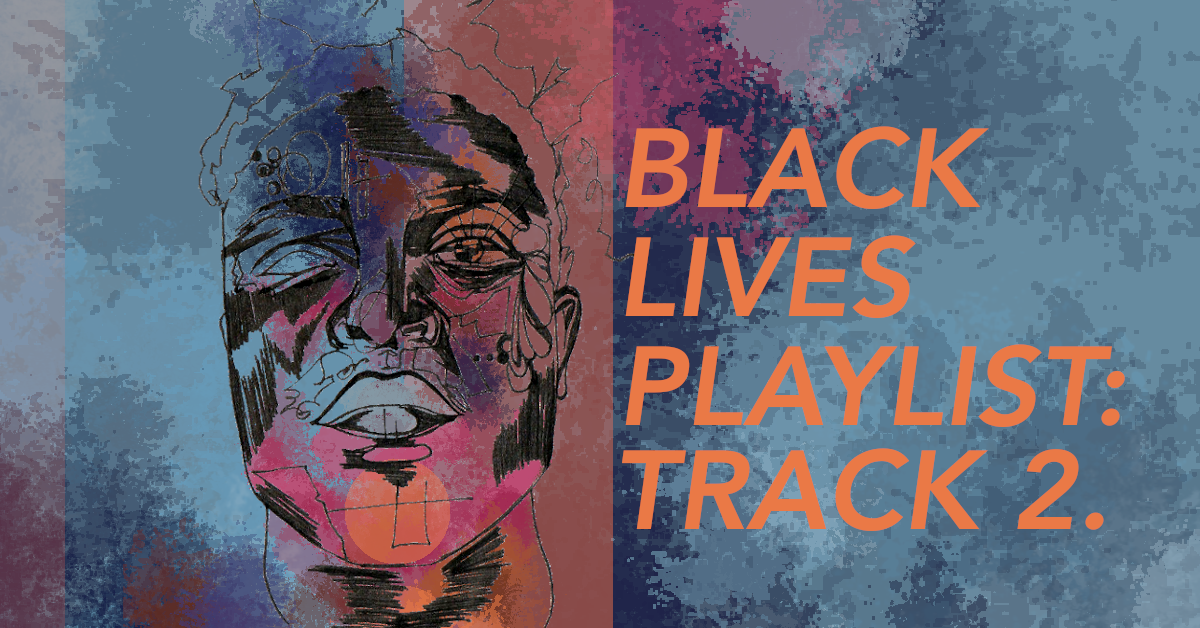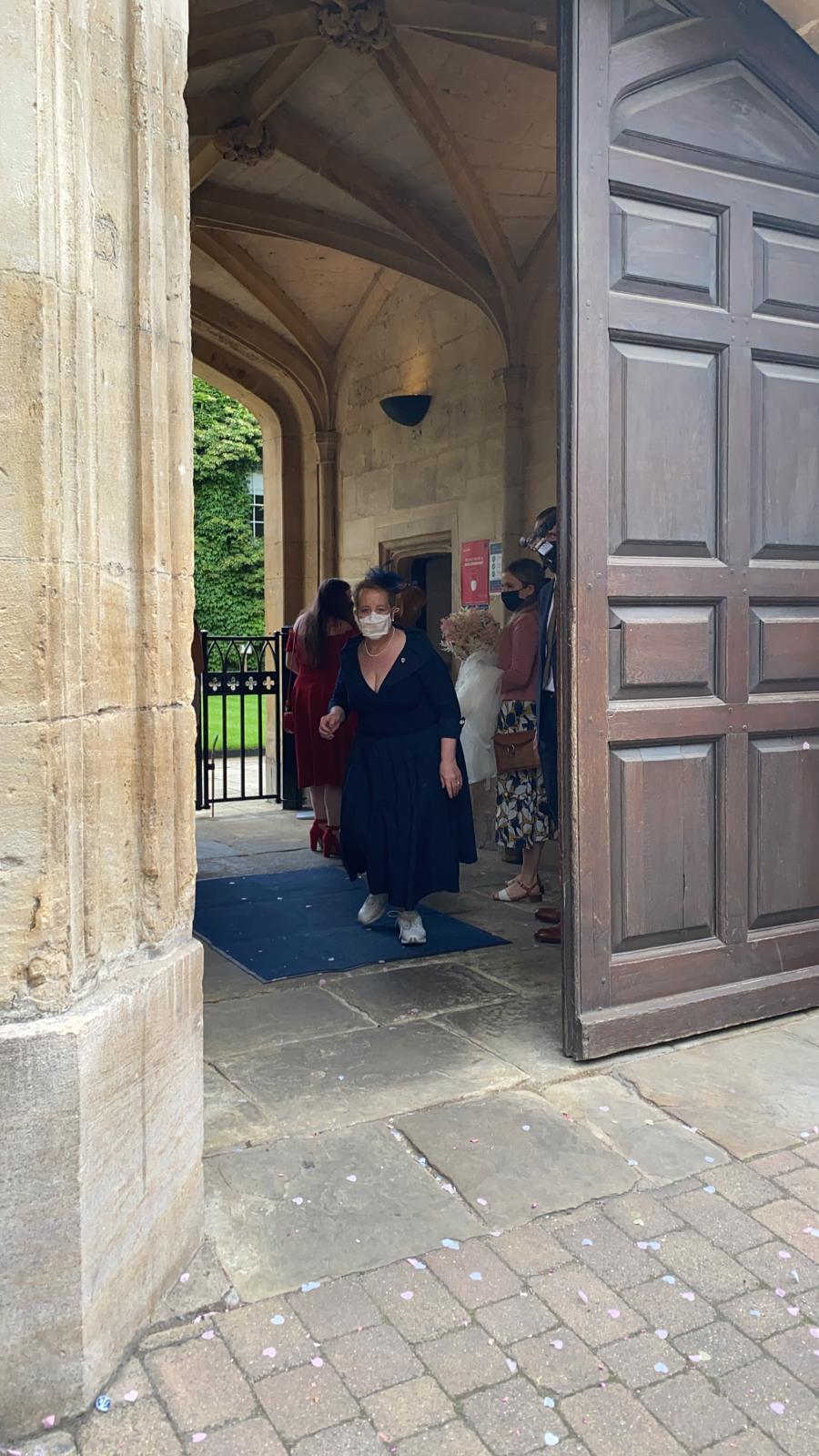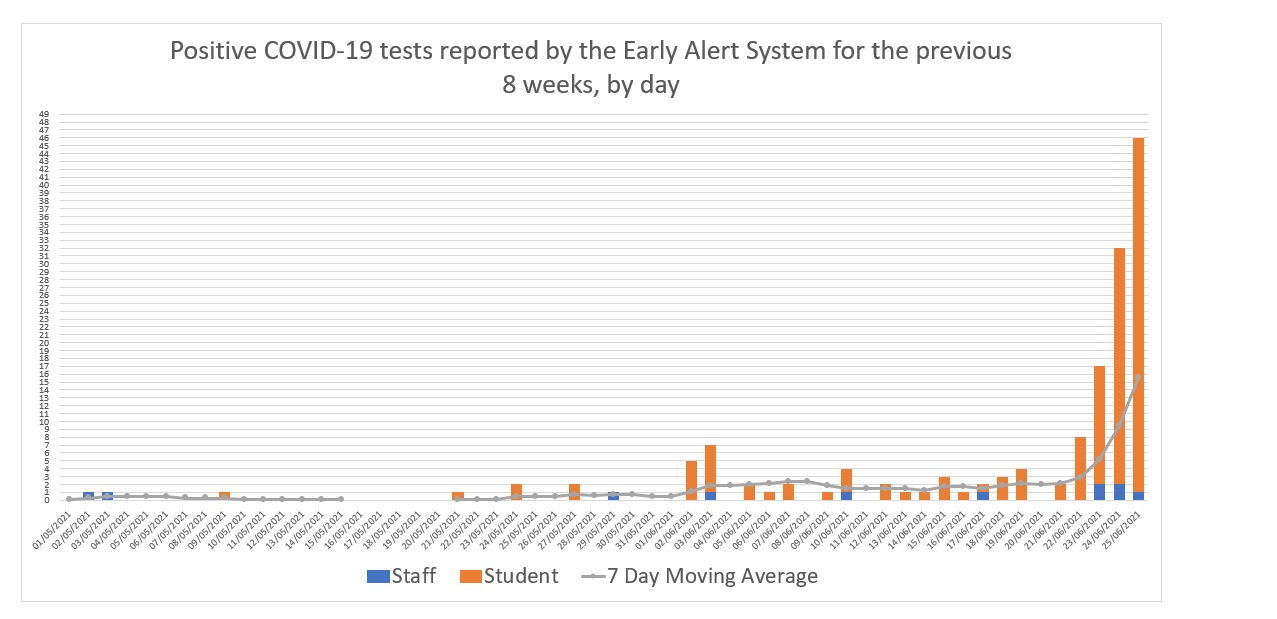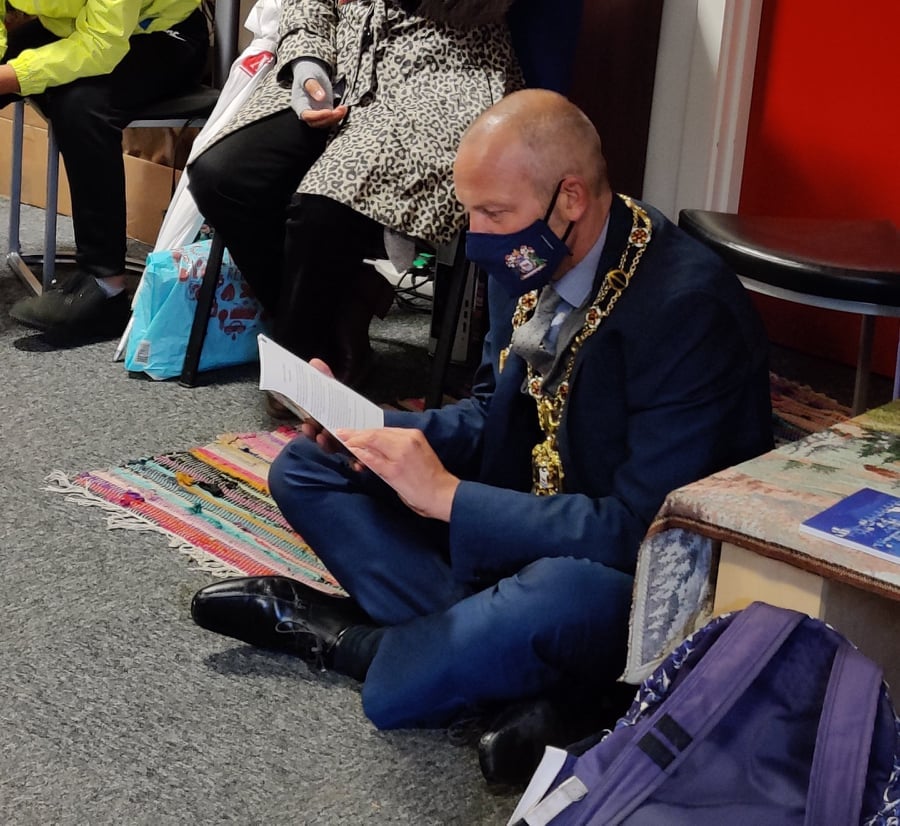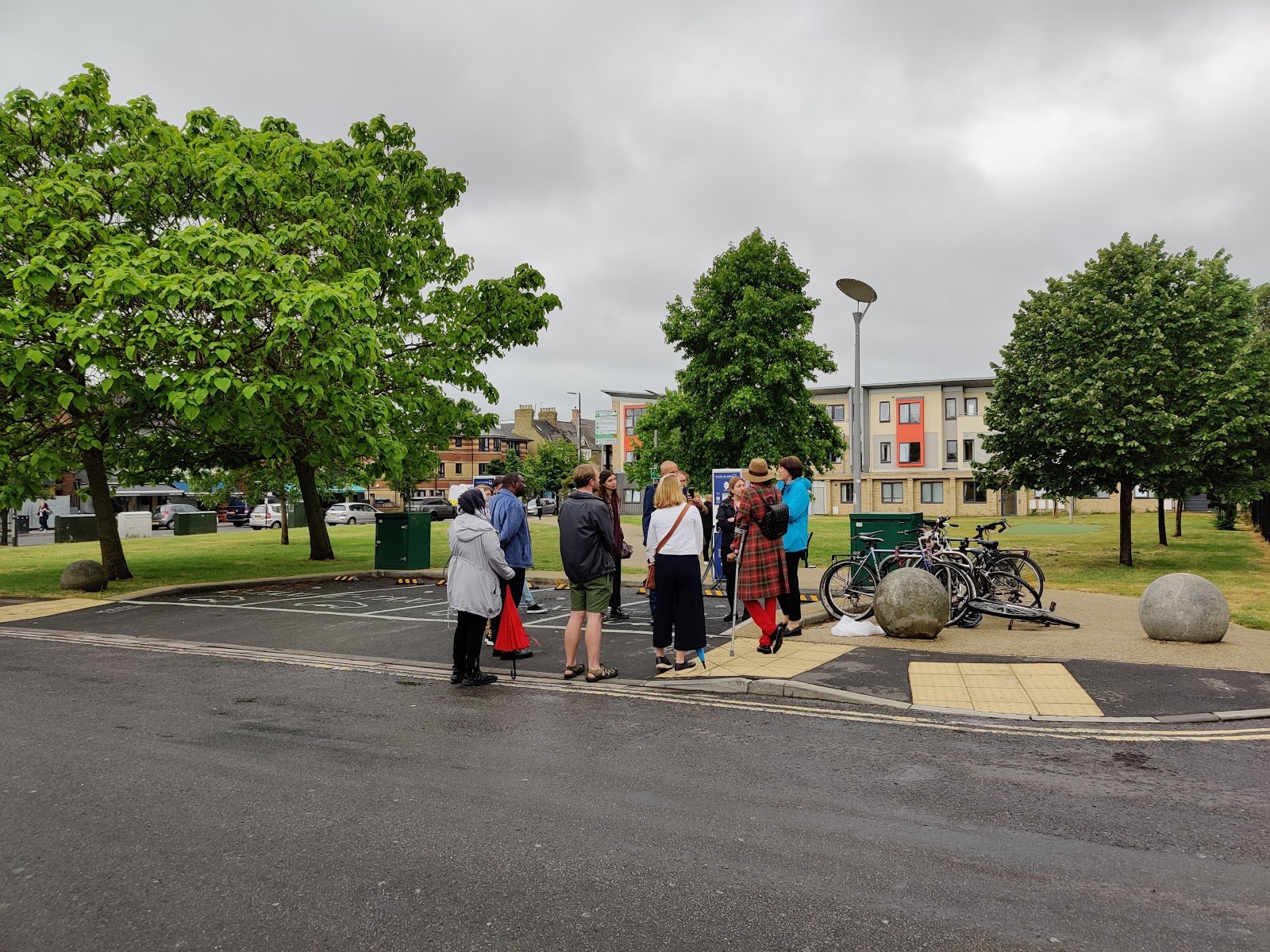Varsity for OURFC came once again, not in the crisp cold of Twickenham in December, but rather in the multi-seasonal July weather of Leicester. With an early wake up call at 9am ahead of a 10am coach journey from Iffley Road, hundreds of Oxford students daydreamed of big hits and crisp line breaks on their way to Mattioli Woods Welford Road stadium, while both the women and men’s squads stayed overnight in a hotel revising video analysis, studying set plays, and preparing to produce a storm.
The caveat to Oxford students’s enthusiasm was having to take their seats alongside the few Cambridge supporters dressed up in their inequivalent light blue/turquoise/greenish jumpers. However, the upside for all supporters- and the stewards- was that the split crowd had to socially distance, since COVID measures were still in place. Beers sunk, snacks devoured, and some Sandstorm (unironically) blared out through the speakers, the pinnacle of amateur rugby was set to start as the women’s Blues stepped on.
First came the early try from Oxford’s Bianca Coltellini as she shuffled through various Cambridge shirts collapsing to the floor in hope of tackling the Oxford centre. On the restart, the Oxford defence guarded their try line effectively, with one tackle from Jessi Abele breaking the Cambridge momentum. When on the ball, some slick, pre-rehearsed loops from the Welsh international Manon Johnes, playing at 9 for the Dark Blues, kept the Tabs scuttling back at each new breakdown.
Despite Clodagh Holmes’s various quick line breaks from fullback, Cambridge reacted with some zeal. Their early arrivals to rucks disrupted Oxford’s possession in the first half; the Cambridge centre Emily Bell was particularly productive as she powerfully jabbed at the Oxford forwards. Whenever the Tabs won the ball back, Jenni Shuttleworth and Maggie Simpson’s impressive runs pierced the Dark Blue’s wall of defence; Simpson went on to score Cambridge’s first try by galloping down the wing. Anna Park’s impressive conversion from a difficult angle meant Cambridge led Oxford 7-5.
Cambridge escaped receiving a yellow card in the last 10 minutes of the first half, having conceded three consecutive penalties for not rolling away in the breakdown. However, a scare for the Dark Blues saw Cambridge intercept a ball next to the Oxford try line and subsequently score a try. This time, to Cambridge’s uproar, the referee, Nia Parsonage, cancelled the try as Oxford had an advantage from an earlier incident in the ruck. Half time, Cambridge 7, Oxford 5, and the sun was fading away.
For much of the second half, Oxford were stuck in their own 50 metre territory. Ruthlessly, Mahnon Jones and Megan Isaac heaved the Oxford women back into Cambridge’s territory across various moments in the half.
Drizzle and tiredness also gave way to more open gameplay. This afforded Maggie Simpson some space to make some ground on Oxford, but strong tackles from the likes of Maddie Hindson and Clodagh Holmes kept the Oxford defence intact.
With 13 minutes to go, a penalty was awarded to Cambridge, dampening hopes of a comeback. Another strong kick from Anna Park, who was later awarded man of the match, put Cambridge up ahead 10-5. With 5 minutes to go, Oxford’s tornado attack rammed their way into Cambridge’s 22, but a connected defence from Cambridge prevented any late tries. Cambridge successfully closed in on their 13th Varsity win with the score 10-5 at full time. The cyclonic rain at the end of the women’s Varsity swiftly cleared for some revitalising sun ahead of the second Varsity Match of the day, with the Oxford men’s squad out warming up before the Cambridge women’s team had finished celebrating.

After a valiant rendition of the national anthem at Welford Road stadium was sung, the men’s match got underway. Cambridge flanker Hugo Lloyd Williams, who had recently been awarded man of the match in the Cambridge Rugby League Varsity win over Oxford, took the first hit. Yet straight off from this first breakdown, Cambridge rapidly shipped the ball out wide, playing various offloads, with Joe Gatus finishing off a stunning attacking move with a try. Some Oxford supporters could be forgiven for looking up to the sky and expecting the rain to fall again. But Oxford were untamed, putting the pressure directly back on Cambridge.
Rob Quinlan set the standard for the Dark Blues with a try, only for the ball to be deemed to have gone out of play. Though Quinlan came off injured only minutes later, it seems that his run down the wing inspired his substitute, Henry Hackett, to score a try when Tom Humberstone played a fizzing pass few metres out from the Tabs’ try line. Having scored a penalty just minutes before, the score was 10-7 to Oxford. An irritated reaction from the Cambridge players sparked some ill tensions; goldie-lock-haired Cambridge captain Stephen Leonard was seen having several words with his opponents throughout the game from this moment on.
Andrew Durutalo, the former Ealing, Worcester and USA player, led the way with some explosive runs, while Oxford’s terrific line-speed in defence forced multiple errors from the Tabs. Oxford later capitalised on Cambridge’s various errors by scoring from a line-out, after veteran captain George Messum popped it back inside for the prop John Aaron Henry to finish off the shrewd piece of play. Some stunning catches from Dan Stoller and Louis Jackson finished off a brilliant first half for the Dark Blues under the clear skies. Oxford 16, Cambridge 7, and Oxford’s route to victory looked promising.
However, the weather was soon to change, as thunder gradually approached Welford Road from the far distance. Regardless, the Dark Blues’ performance refused any kind of change. Parts of the crowd gasped, and the rest howled, when Piers von Dadelszen kicked the second half off with a smarting tackle.
With the absence of scrums and mauls in both matches due to the RFU’s COVID “Return to Rugby” roadmap, Oxford were able to play tap-and-gos near the Cambridge touchline. This benefitted Oxford’s punching attack-line; a try eventually came from Andrew Humberstone, who then went on to convert his own try.
Later in the half, Cambridge were suddenly on the attack themselves and seemed to have managed to peg one try back. After some confusion in the crowd and from those managing the scoreboard in the stadium, it was confirmed that referee Andrew Jackson ruled out the try. Jackson then dramatically sin-binned Matt West and dished out a red card to Bertie Watson, who had came on 15 minutes before as a hooker for the injured Will Barker. Watson’s foul play coincided with the return of rain. Such ominous signs, nevertheless, were brutally dismissed by the Dark Blues. Instead, the incoming lightning weather was matched by sturdy lightning runs from captain George Messum, lock Jasper Dix and flanker Andrew Durutalo. Tom Humberstone later scored from a penalty, emulating the work that had been done by his brother.
Fortunately, the enthused Oxford crowd seemed to have beaten the disheartened Tabs off the pitch as well with various chants. Henry Hackett matched the crowd’s enthusiasm with another terrific Oxford try, intercepting a wayward Cambridge pass to sprint down the wing, bring Varsity home, and complete the successful shoeing of the Tabs. Torrential rain, or a cloudburst, or possibly a typhoon (?) ensued at full time, but final celebrations were led by the Oxford Blues. One is sure that the night will be somewhat brighter at Park End and at Varsity Club when everyone is back.

Image credits: Matt Impey via OURFC.




